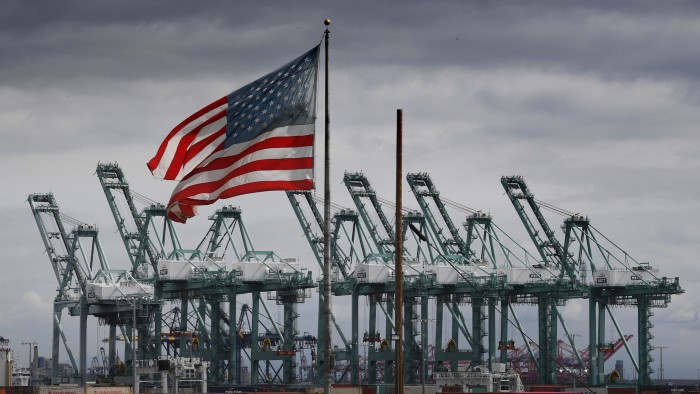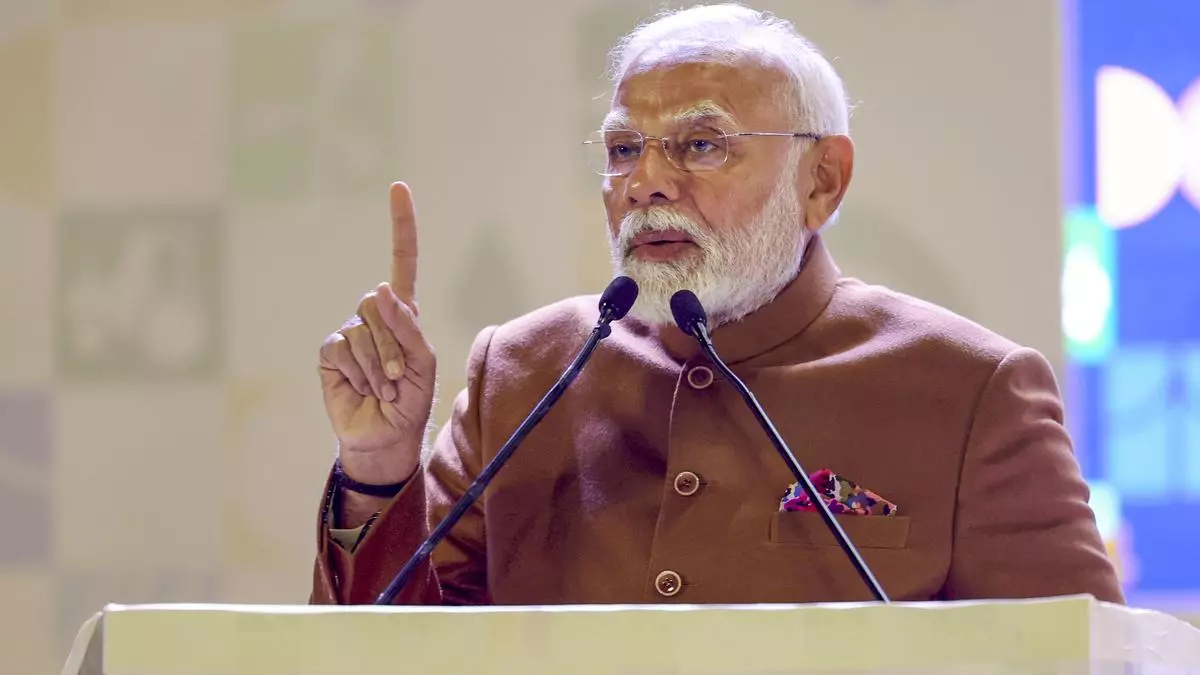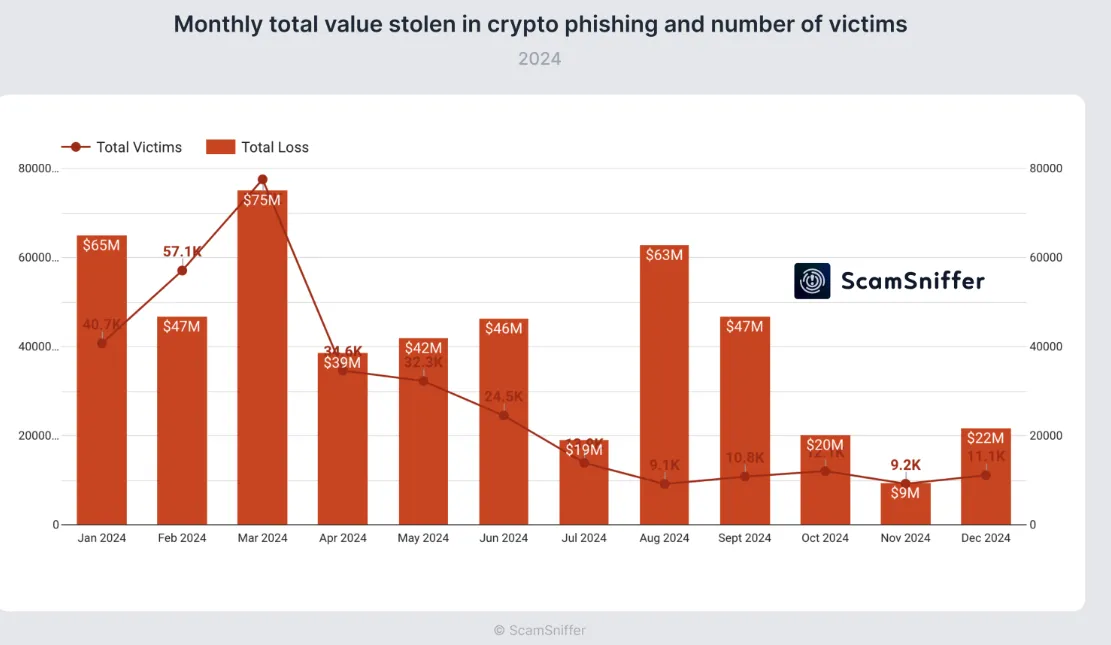The Household Consumption Expenditure Survey (HCES) conducted by the NSO (National Statistical Office) is a critical input for setting weights in the Consumer Price Index (CPI), apart from being a key gauge of income and consumption trends in the economy. Therefore, it is good that the NSO has conducted two back-to-back HCE surveys in 2022-23 and 2023-24 after skipping the exercise for 11 years from 2011-12 to firm up its database.
An analysis of the latest HCES survey, which covered over 2.6 lakh households between August 2023 and July 2024, points to four trends. (We used the data without imputed values of free items under welfare schemes). One, household consumption has expanded at slightly higher rates in 2023-24 compared to the preceding years, which is surprising in view of trends in inflation and incomes (Periodic Labour Force Surveys for the latter). In real terms, the average rural household increased its consumption by 3.5 per cent in 2023-24 compared to an annualised increase of 3.1 per cent in the period from 2011-12 to 2022-23, while the urban household accelerated its spending from 2.65 per cent until 2022-23 to 3.5 per cent in the latest year. In nominal terms, urban households saw an 8.3 per cent increase while rural ones saw a 9.2 per cent increase in 2023-24. Two, rural households are growing their spends faster than urban counterparts. The average urban household spent 69 per cent more than its rural counterpart in 2023-24, but the difference was 84 per cent in 2011-12.
Three, the bottom 5 per cent of spenders grew their consumption at a much healthier rate than the top 5 per cent. In what seems counter-intuitive, the bottom 5 per cent rural households spent 22 per cent more than the previous year and urban households 18.7 per cent more in nominal terms. Affluent households making up the top 5 per cent, however slashed their spends by 3.5 per cent and 2.5 per cent respectively this year. Given that consumer firms rely on the creamy layer, this could explain the recent slowdown reported by listed companies. As for rest, the HCES seems to suggest that food inflation impact on spending is a puzzle. The data affirm falling income inequality since 2011-12, but with wide income disparities between States. Urban MPCE of States such as Chhattisgarh (₹4,927), Bihar (₹5,080), Jharkhand (₹5,393) and Uttar Pradesh (₹5,395) are 40-50 per cent below levels in Haryana (₹8,428), Karnataka (₹8,076), Telangana (₹8,978) and Tamil Nadu (₹8,165). Some less-developed States show stark disparity between rural and urban areas.
The Survey reiterates that households are now allocating a larger proportion of their budgets to non-food items, specifically consumer services and conveyance. Food accounted for 47 per cent of the rural basket and 39.6 per cent of the urban basket in the latest survey compared to 53 per cent and 43 per cent in 2011-12. This calls for an update to the CPI basket, which still relies on a 2011-12 base year, without further ado.








Leave a Comment